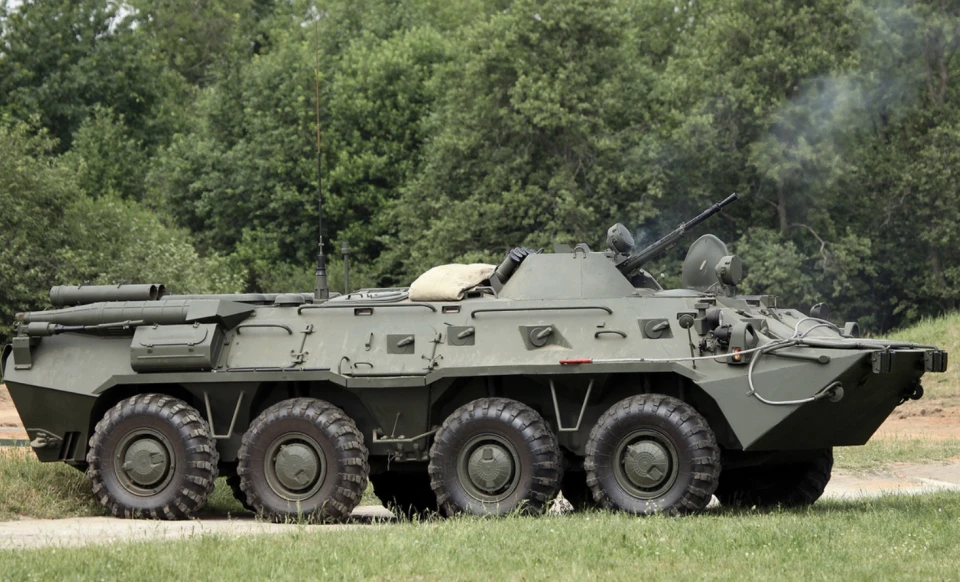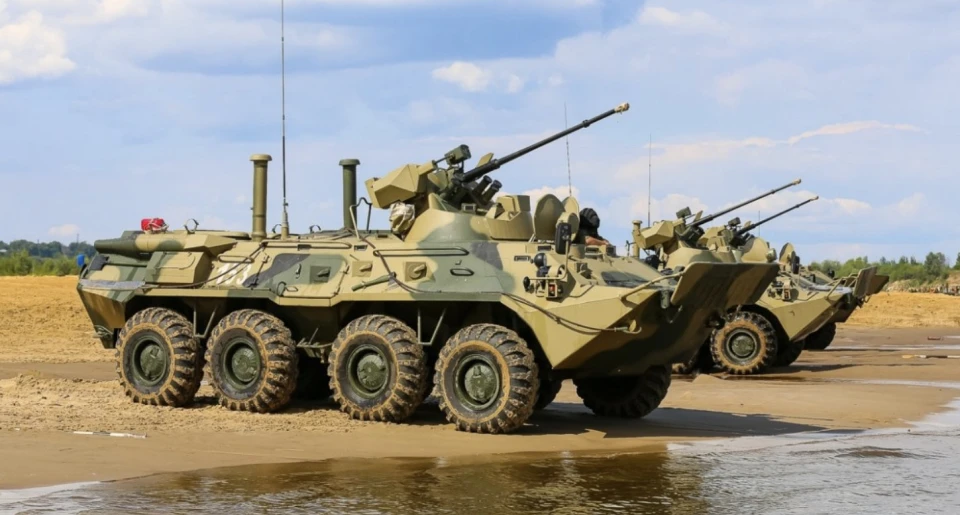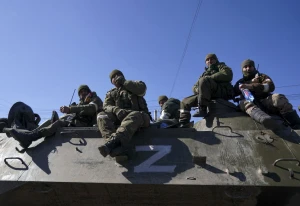
Why Russians avoid BTR-70 assaults and what happens to their BMPs after grenades
What are the shortcomings in the protection of their armored vehicles that the Russian invaders themselves talk about?
Defense Express explains.
The October 2024 edition of Material and Technical Support magazine is now available, featuring, among other topics, a report revealing that Russia's tanks are 3-5 times less repairable than previously believed.
The magazine also offers interesting insights into the protection level of Russia's light armored vehicles in the context of the ongoing war in Ukraine. It explains why Russian forces avoid using the BTR-70 for assaults, instead favoring the BTR-80 and BTR-82, despite a shortage of armored vehicles.
The reason for this preference is that the BTR-70 is considered inadequate in terms of protection and crew and infantry ergonomics. As a result, the BTR-80 and BTR-82 are preferred for assault support, as they offer better protection, more comfort, and are equipped with diesel engines. The publication notes that the BTR-70 has proven to be "completely unsuitable for combat operations."
At the beginning of this year, the Russian army had nearly 3,000 armored personnel carriers in service, including 700 BTR-82A/AM units, 1,200 BTR-80, and 100 BTR-80A (the latter two are classified as infantry fighting vehicles in the reference guide). Additionally, there were 800 BTR-60s of all variants and only 200 BTR-70s. Furthermore, there were 1,300 BTR-60 and BTR-70 units in storage.

Regarding the protection issues of the BTR-70: the armor can be penetrated across the entire hull by heavy machine gun fire, and damage has also been caused by mine fragments. The destruction of armored personnel carriers also occurred from RPG-7 fire, targeting the troop and engine compartments.
The mentioned publication also provides data on the nature of combat damage sustained by Russian BMP-1, BMP-2, and BMP-3 during battles against the Ukrainian Armed Forces.
In particular, it points out that typical locations of combat damage to Russian infantry fighting vehicles, caused by hits from anti-tank grenades and direct or shrapnel hits from mines, are mostly concentrated on the hull, engine compartment, and troop compartment.
When hit by an RPG-7, Russian armored vehicles such as the BMP-2 and BMP-3 often suffered severe damage. In some cases, the armor was penetrated, the turret was displaced due to damage to the turret ring, or the hatches and doors were jammed.

If a mine detonated nearby, shrapnel would often penetrate the armor and fuel tanks in the troop compartment doors, causing fires. This was followed by explosions of the ammunition, sometimes ejecting the turret 5-7 meters from the vehicle’s hull.
Russian sources, in their assessment, acknowledged several design flaws in the protection of their armored vehicles. They found issues with the layout of the combat compartment, the placement of ammunition and fuel in unprotected areas, and ineffective fire suppression systems, which failed to reliably extinguish fires in the engine and combat compartments.
This reveals that the Russian military recognizes the need for a complete overhaul of the internal design of their tanks and infantry fighting vehicles.
The report also suggests equipping tanks and armored vehicles with automated smoke screen systems. These systems could either help safely evacuate crews from damaged vehicles or simulate vehicle damage. It's possible that the Russian army may adopt this "innovation" in the future.
- News











































